
How to Use 12v RELAY: Examples, Pinouts, and Specs
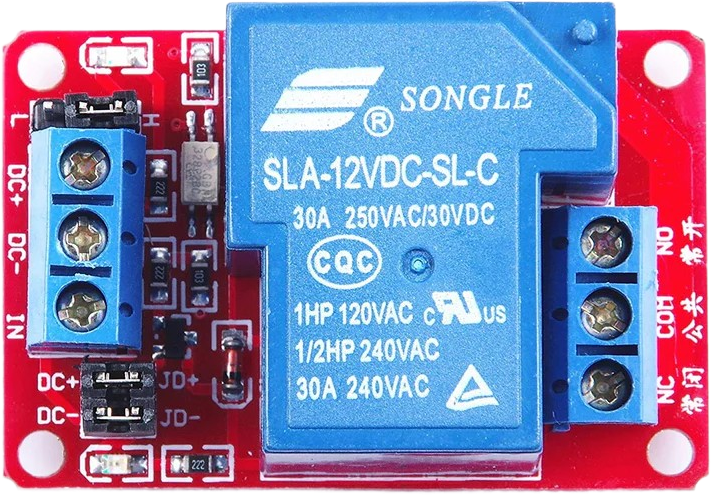
 Design with 12v RELAY in Cirkit Designer
Design with 12v RELAY in Cirkit DesignerIntroduction
A 12V relay is an electromechanical switch that allows a low-power circuit to switch a relatively high current or voltage on and off. It consists of a coil, an armature, a spring, and a set of electrical contacts. When the coil is energized with 12V, it creates a magnetic field that pulls the armature and changes the position of the contacts. Relays are commonly used in applications where it is necessary to control a circuit by a separate low-power signal, such as in automotive electronics, home automation, and industrial controls.
Explore Projects Built with 12v RELAY
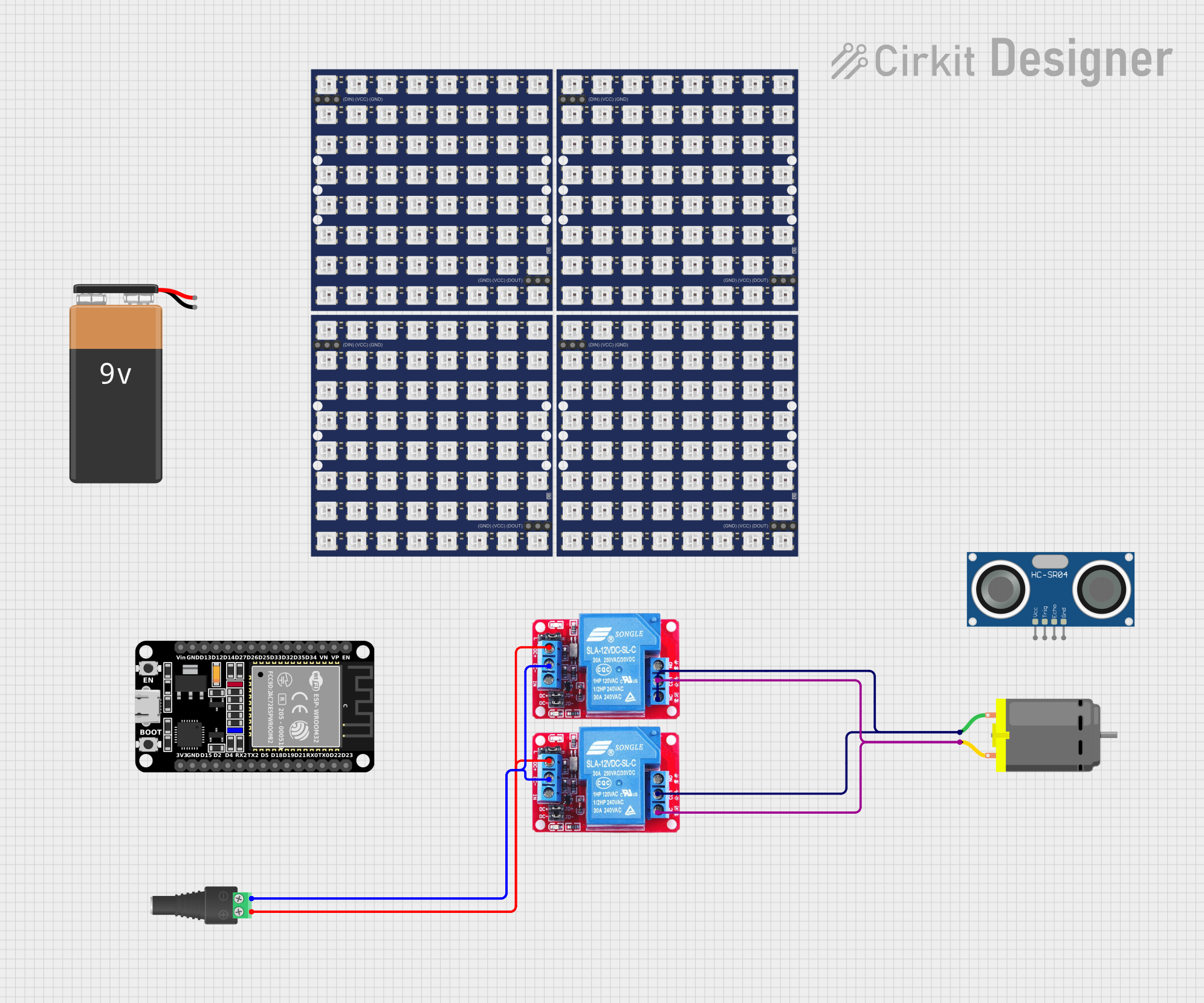
 Open Project in Cirkit Designer
Open Project in Cirkit Designer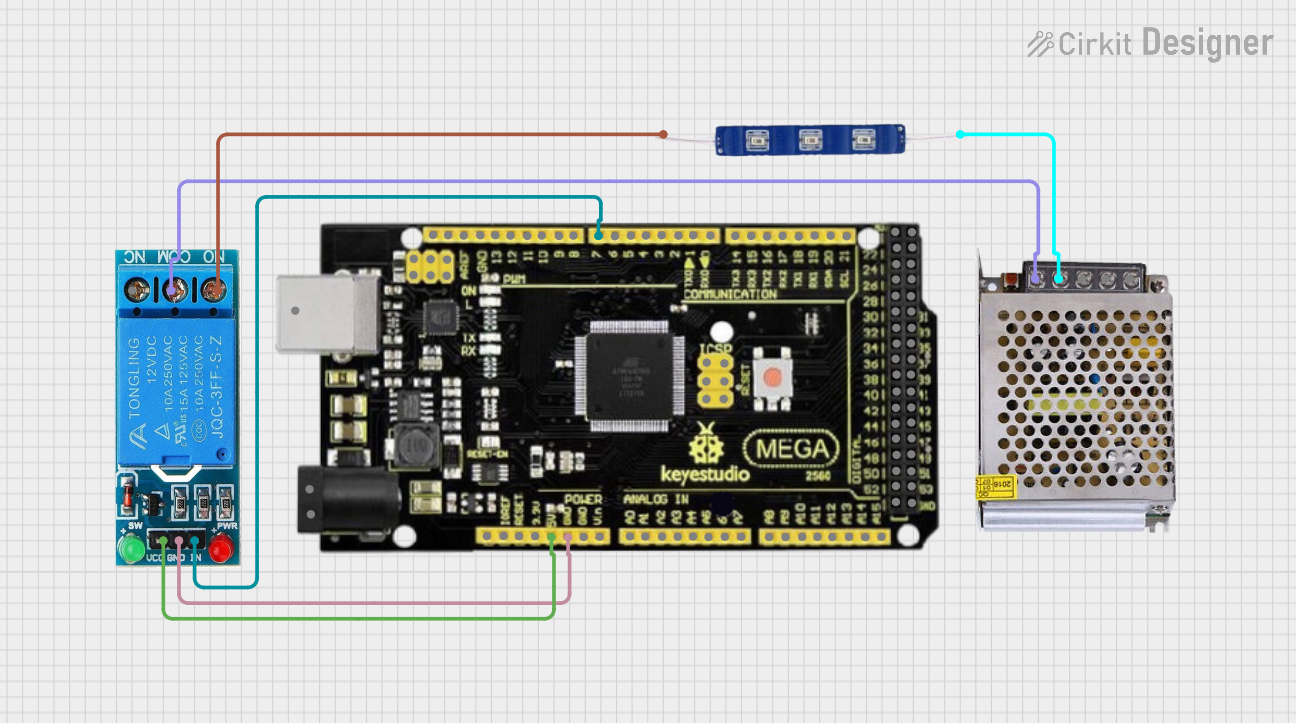
 Open Project in Cirkit Designer
Open Project in Cirkit Designer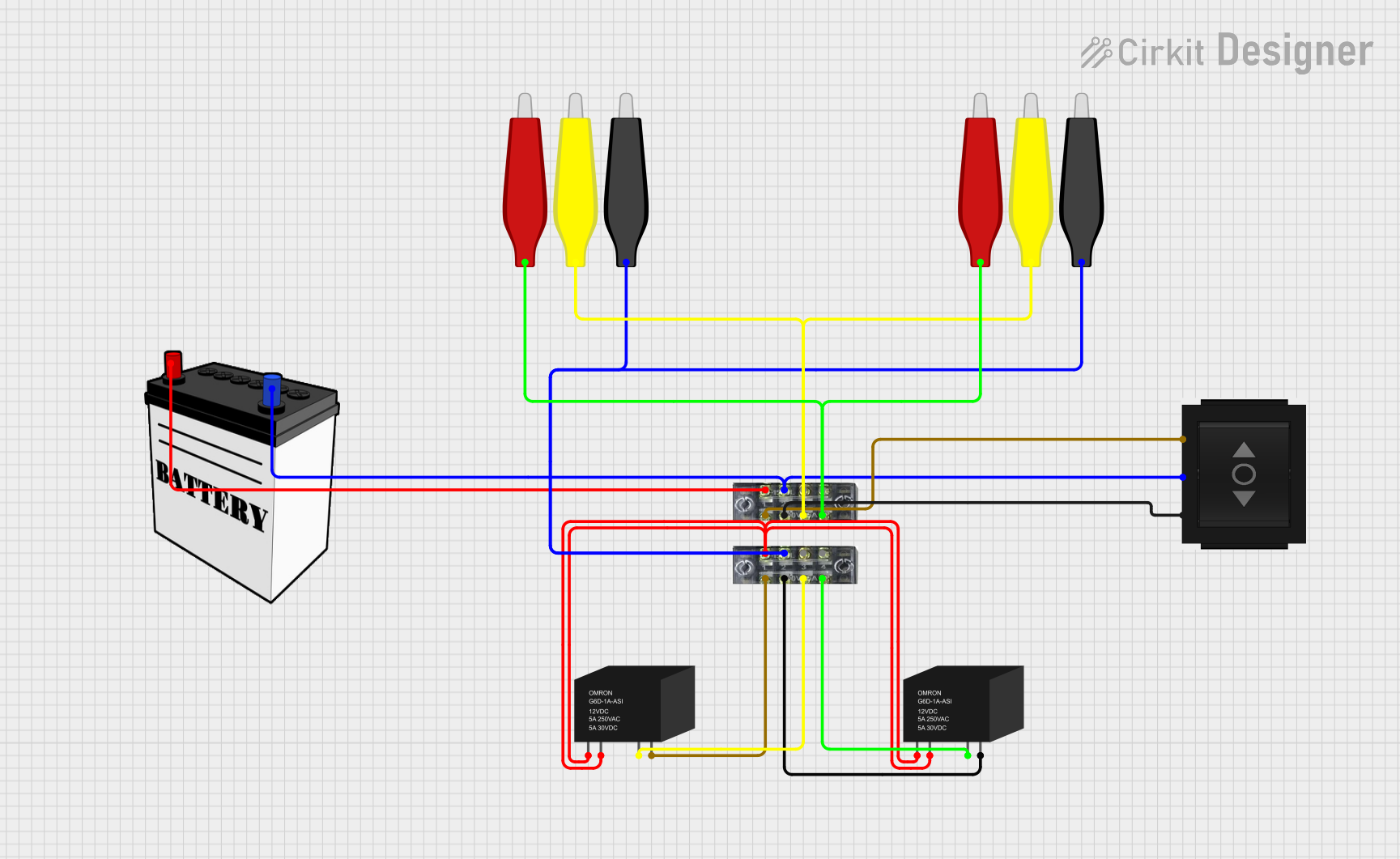
 Open Project in Cirkit Designer
Open Project in Cirkit Designer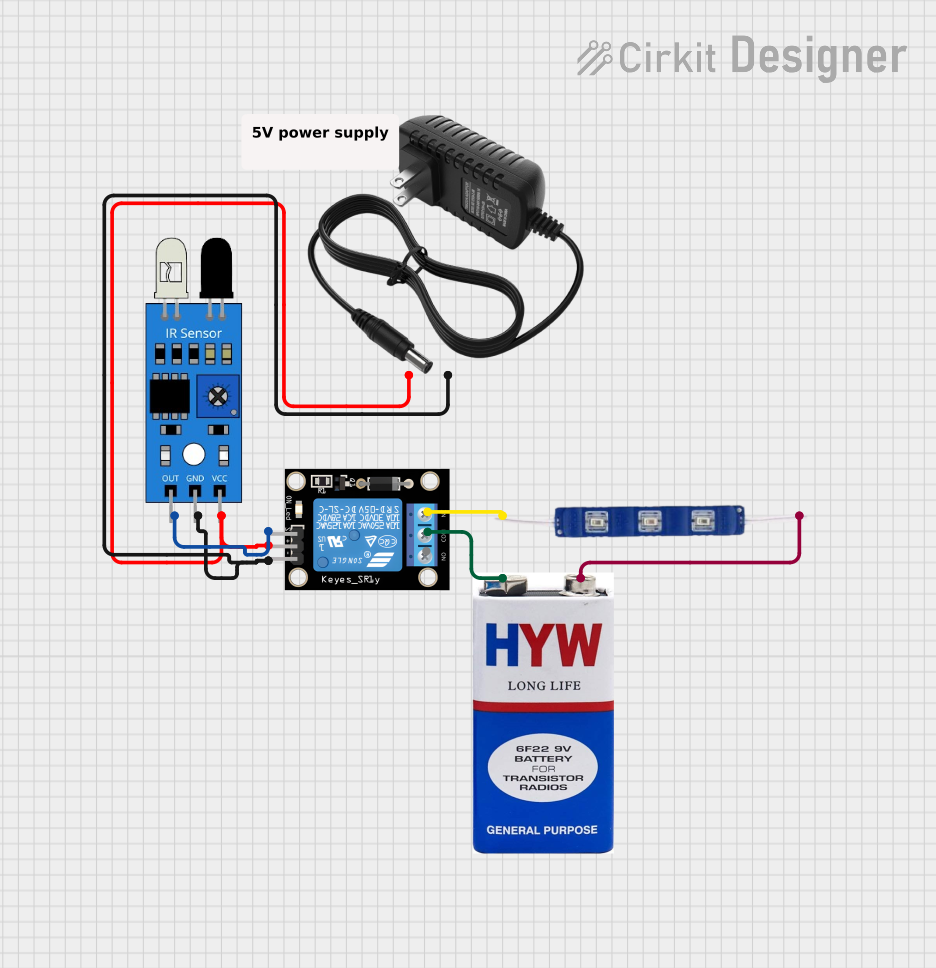
 Open Project in Cirkit Designer
Open Project in Cirkit DesignerExplore Projects Built with 12v RELAY

 Open Project in Cirkit Designer
Open Project in Cirkit Designer
 Open Project in Cirkit Designer
Open Project in Cirkit Designer
 Open Project in Cirkit Designer
Open Project in Cirkit Designer
 Open Project in Cirkit Designer
Open Project in Cirkit DesignerTechnical Specifications
Key Technical Details
- Operating Voltage: 12V DC
- Coil Resistance: Typically 400Ω
- Contact Capacity: Normally Open (NO) / Normally Closed (NC) contacts
- Max Switching Voltage: Up to 250V AC or 30V DC
- Max Switching Current: Up to 10A (AC) or 10A (DC)
- Operate Time: Typically 10ms
- Release Time: Typically 5ms
- Life Expectancy: Mechanical (up to 10 million operations), Electrical (up to 100,000 operations)
Pin Configuration and Descriptions
| Pin Number | Description | Type |
|---|---|---|
| 1 | Coil End 1 | Input |
| 2 | Coil End 2 | Input |
| 3 | Common (COM) | Output |
| 4 | Normally Closed (NC) | Output |
| 5 | Normally Open (NO) | Output |
Usage Instructions
How to Use the Component in a Circuit
Powering the Coil:
- Connect the 12V power supply to the coil pins (1 and 2). Ensure correct polarity if the relay has a diode for coil protection.
Connecting the Load:
- Connect the device you want to control to the Common (COM) pin (3).
- For a normally open operation, connect the other end of the device to the Normally Open (NO) pin (5).
- For a normally closed operation, connect the other end of the device to the Normally Closed (NC) pin (4).
Driving the Relay:
- Use a transistor or a relay driver IC if the control signal is not sufficient to drive the relay coil directly.
- Include a flyback diode across the coil to prevent back EMF damage to the control circuitry.
Important Considerations and Best Practices
- Voltage Rating: Do not exceed the rated control voltage of the relay coil.
- Current Rating: Ensure the load does not exceed the relay's maximum current rating.
- Inductive Loads: When switching inductive loads, use a snubber circuit to manage voltage spikes.
- Mounting: Use a relay socket or PCB mount for secure and easy installation.
- Safety: Always disconnect power before working on the relay circuit.
Troubleshooting and FAQs
Common Issues
Relay Does Not Actuate:
- Check if the coil is receiving the correct voltage.
- Verify that the control circuit is providing enough current to energize the coil.
- Inspect for any physical damage to the relay.
Intermittent Operation:
- Ensure that all connections are secure.
- Check for any signs of overheating or contact wear.
Contacts Not Switching:
- Verify that the contacts are not welded shut due to overcurrent.
- Inspect the relay for any foreign particles or dust.
Solutions and Tips
Use a Multimeter:
- Test the coil resistance to ensure it is within specifications.
- Check for continuity across the contacts in their respective states (NO or NC).
Preventive Maintenance:
- Regularly inspect the relay for any signs of wear or damage.
- Replace the relay if it has reached the end of its electrical life expectancy.
FAQs
Q: Can I use a 12V relay with a 5V signal? A: Yes, but you will need a transistor or relay driver circuit to step up the voltage to 12V for the coil.
Q: How do I know if my relay is working? A: You can listen for a clicking sound when the relay is activated, or use a multimeter to check for continuity across the contacts.
Q: Can I switch AC loads with a 12V DC relay? A: Yes, as long as the load does not exceed the relay's maximum voltage and current ratings for AC.
Q: Why is my relay getting hot? A: It may be due to overloading, continuous operation, or insufficient de-rating. Ensure the load is within the relay's specifications.
Example Code for Arduino UNO
// Example code to control a 12V relay with an Arduino UNO
const int relayPin = 2; // Relay connected to digital pin 2
void setup() {
pinMode(relayPin, OUTPUT); // Set relay pin as an output
}
void loop() {
digitalWrite(relayPin, HIGH); // Turn on the relay
delay(1000); // Wait for 1 second
digitalWrite(relayPin, LOW); // Turn off the relay
delay(1000); // Wait for 1 second
}
Note: When connecting a 12V relay to an Arduino, ensure you use a suitable driver circuit to protect the microcontroller from high voltage and current.